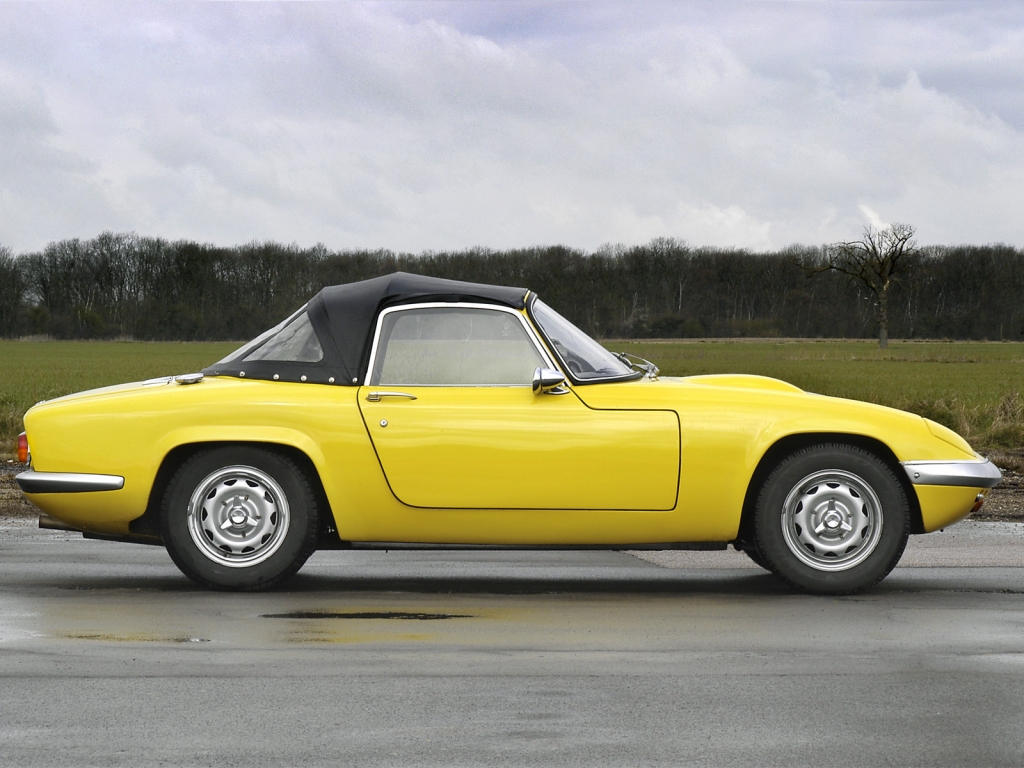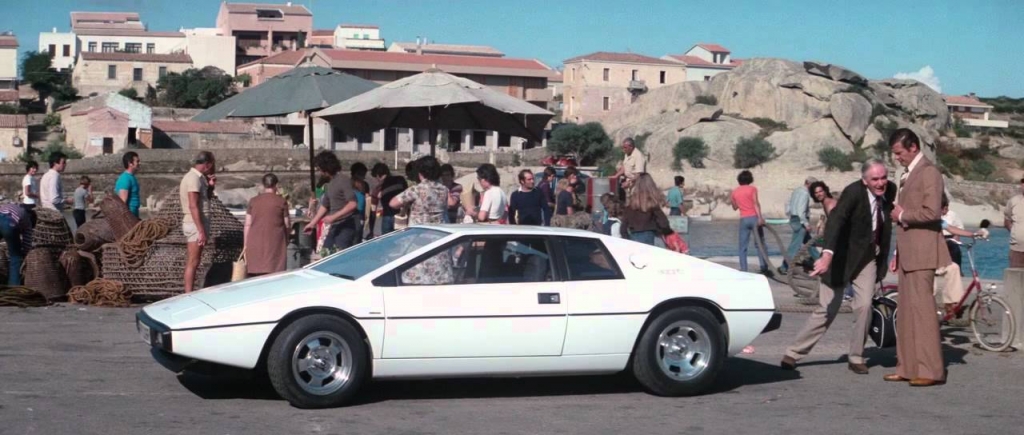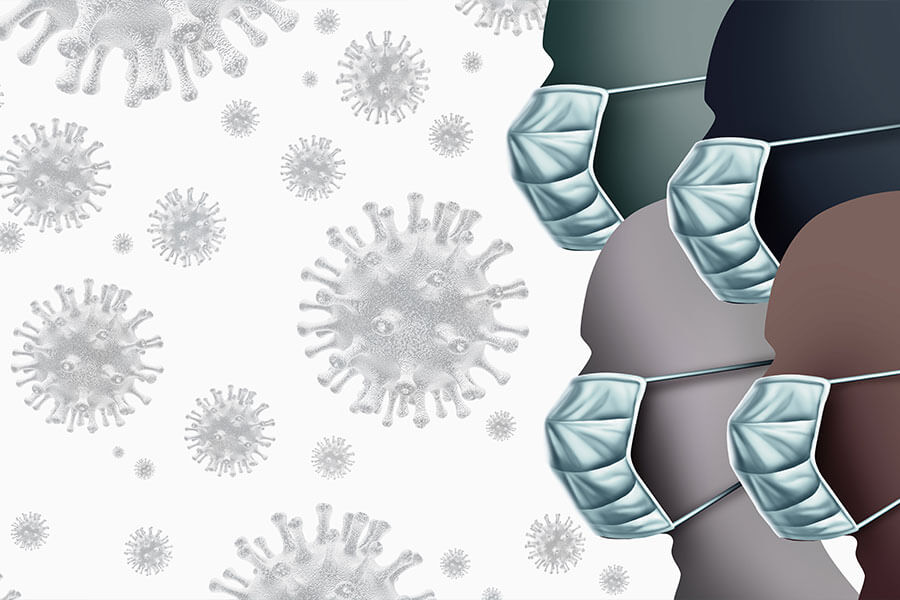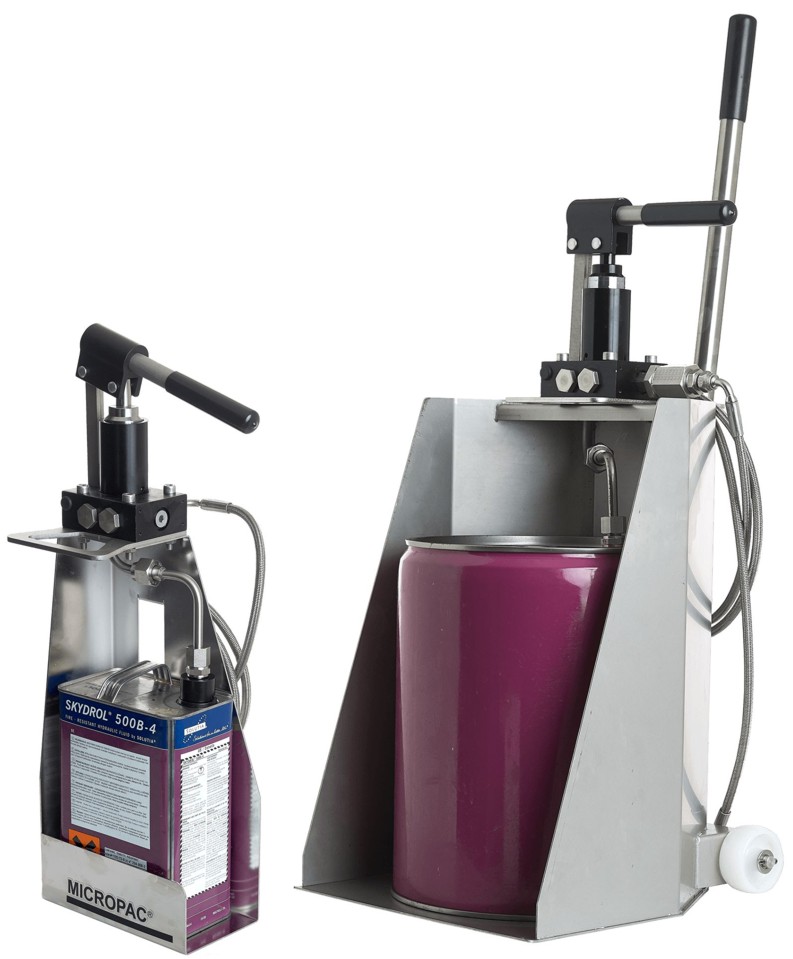With a long heritage of wonderful chassis engineering and precise handling automobiles, Lotus Cars, founded in 1952 by Colin Chapman, are still producing exciting British sports cars on the global stage. Whilst it is the beautiful sports cars which usually (and deservedly) command the spotlight, for today’s blog Sarum Hydraulics explores the innovative design and ideas legacy of Lotus founder and engineering legend, Colin Chapman.
With a career spanning more than 30 years, Chapman remained a pioneering designer until his untimely death in 1982. Truly the designer’s designer, at Sarum Hydraulics we wonder what he would make of automotive engineering today. Did any of his then revolutionary ideas become today’s mainstream automotive designs? Is there an invention whose time has yet to come, but come it will? And what would disappoint him?
Lotus was an institution for both petrol heads and designers. Nicknaming his wife Hazel “Lotus Blossom” for her grace, the name provided the identity for his company which started with an idea and grew to change vehicle design in so many areas. For our money, the most defining “mission” of Chapman’s life was his dedication to improving the power to weight ratio of his automotive designs. For Chapman, whether he was designing road or racing cars, elegant, light-weight solutions that remained aesthetically beautiful to the eye were of critical importance. At a time when many automobile designers were simply heaping on the horsepower and then beefing everything up proportionally, the performance of his altogether nimble cars such as his Lotus Elan was simply astonishing. He is quoted as saying “Adding power makes you faster on the straights, subtracting weight makes you faster everywhere.” Think Lotus 7 and the Elan. Back in the 1960’s, their acceleration and handling was electrifying. Sarum Hydraulics supposes he would be over the moon if he could see how the global industry has adopted aluminium and increasingly composites in its vehicles. His background after the war was aluminium which of course he applied in his early Lotus lightweight monocoque racing cars, an innovation which is still with us today.
Looking back over the history of the Lotus F1 racing team, aerodynamics was always big. Innovation after innovation from Lotus has changed the shape of the F1 car. These include moving the radiators onto the side of the vehicle to cut the frontal area, those famous spoilers, ground effect designs and no end of other great ideas, Chapman would undoubtedly approve of the amazingly slippery passenger cars of today. That said, we think that he would be very grumpy as to why so many people drive round in such massive vehicles with all their associated penalties and costs!
One thing that surely would surprise Chapman would be the relative safety of the Formula 1 of today, particularly in light of his own tragic experience of the loss of his best friend, UK World Champion Jim Clark to the sport in 1968. Of course, F1 used to be pretty dangerous. Admittedly, we do still have tragedies as the recent death of Jules Bianchi reminds us, but the composite cocoon around the driver has proved a massive success, greatly reducing risk traditionally associated with the sport. He would applaud the composites designers and their ability to model their cars on a screen well before cutting metal and laying up composite.
Sarum Hydraulics loves innovative hydraulic design and is fascinated with active hydraulic suspension on cars. Chapman had developed the ground breaking Lotus 92 F1 car with active suspension before he died. It raced in 1982 with limited success. Since then we have seen no end of road cars with varying degrees of active and adaptive hydraulics in the suspension. Lots of vehicles us magneto rheological shock absorbers to tweak the ride quality in real time. Some adjust the roll bars hydraulically or electrically to change the stiffness of the suspension. The latest Range Rover combines a further developed air suspension system with their “Dynamic Response System” which uses ball screw actuators to load up suspension components and cut roll.
And let’s not forget the stars of the show. For some of the more mature members of Sarum Hydraulics, Lotus cars have been with them all their lives. The Lotus 7, made famous by Patrick McGoohan in “The Prisoner” still lives on in the Caterham. The beautiful 1959 Elite with its GRP body and monocoque construction was a beautiful vehicle way ahead of its time. His 1960’s and 70’s road cars were classics and since then there have been a stream of memorable sports cars. Our favourite is the Esprit S1, still beautiful today and remembered by everybody as the submarine car in the Bond film “The Spy who loved me”.
And would Colin be driving an electric car? Was he a real petrol head or would he have seen the potential for the most amazing vehicles of the future? Give him an advanced composite electric car with low mass, incredible performance and an elegant design and we suspect he would be won over. He certainly backed innovative ideas?
Sarum Hydraulics loves the fast lane. For hard working products that stand the test of time, check out our rugged range of Micropac pumps for quality which we think even Chapman would appreciate. Visit us at www.sarum-hydraulics.co.uk









Leave A Comment